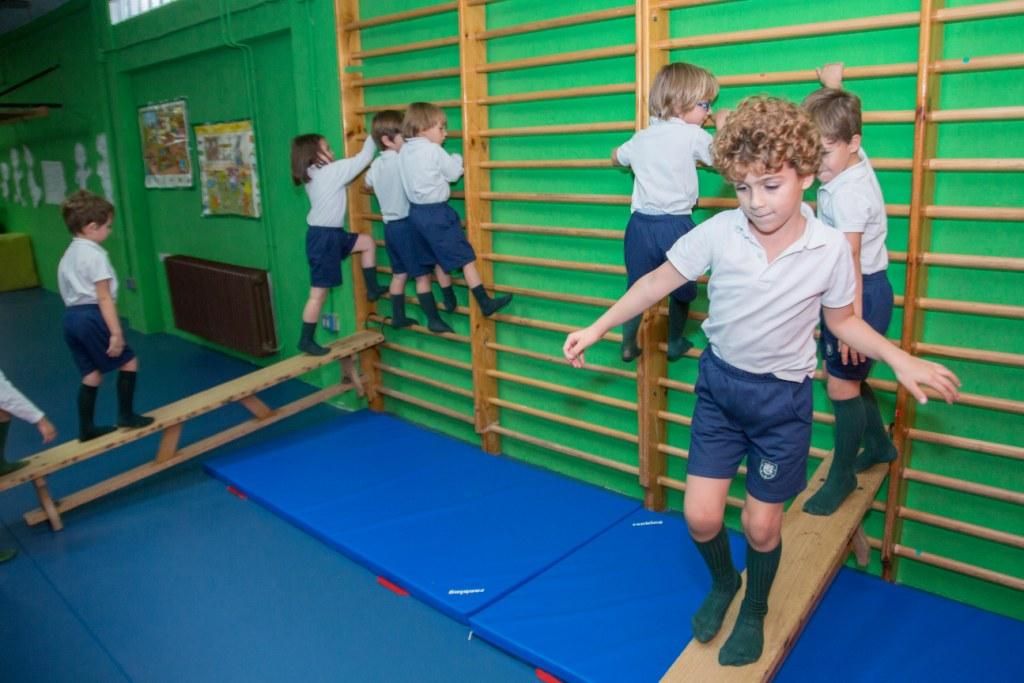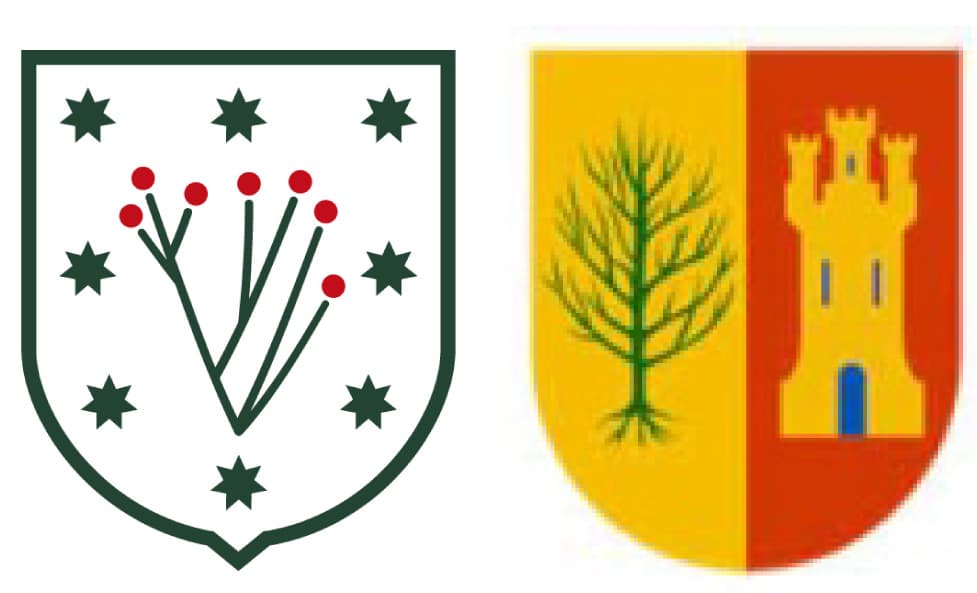Vestibular System: Your Child’s Internal GPS System for Motor Planning and Attention

Publicado en ILS Learning Corner
This article provides information about your child’s internal GPS system or vestibular system. Affiliate links are included for your convenience.
Whenever I need to travel to a new place, I pull out my smart phone, open up my GPS app and type in the address. Almost instantly, the guide’s voice chimes in on the other end ready to help direct me on my journey to reach my desired destination. Like me, I’m sure many of you don’t know what you would do without GPS. I can’t tell you how many times it has saved me hours of lost time and has prevented me from driving to uncertain destinations. Next time you use your GPS, pay closer attention to the voice of your guide as she directs you step-by-step through traffic, side streets and other obstacles. Its precise guidance helps even the most inexperienced driver get to a physical location. As the voice guides you, it tells you how many miles you have left to go, what exit to take, how much further you have before turning left, it reroutes when you take a wrong road, and tells you how much time it will take you to get to your destination. How did we ever live without it?
Now, picture your body as the vehicle for where information is housed and stored. And, inside your inner ear lies your body’s very own internal GPS system, our vestibular system. The vestibular system is your internal guide that tells your body where you are and where you need to go, which is why it works hand-in-hand with the body’s visual and proprioceptive systems. It directs our bodies step-by-step through the process of responding to gravitational pull, and just like a normal GPS system, it sends messages to the brain and other parts of the body on how to respond to sensory information we are exposed to on a daily basis.
Why is our Vestibular GPS Important?
Believe it or not, your child’s vestibular guidance system is very critical to learning. If it is underdeveloped or has experienced some type of inflammation or injury, you many notice your child having difficulty in the classroom with reading, writing, attention and focus, behavior and retaining information. Here’s how it works.
Your vestibular system is the guide that sends message to your brain (the car), which sends signals to all the different roads in your body (motor planning, proprioception,vision, auditory, hand-eye coordination, muscles, joints) and tells it what to do. For instance, let’s pretend your child’s brain is sending signals to tie their shoe. Your child must have the balance coordination, muscle tone, fine motor skills and hand-eye coordination to complete this one simple task. This is the same for most tasks performed in school, especially when it comes to attention and focus.
If your child’s vestibular system hasn’t developed properly, you may notice your child is constantly fidgeting in their chair, they can’t sit still, they aren’t listening to the teacher and they find it difficult to copy notes from the chalkboard. It’s as if your child has never used a GPS system before or doesn’t have one on their phone or in their car. If they don’t have one, they have to rely on their own information to get to their destination, which means if their internal guidance system is not working, they have to work even harder than other students to control their movements and body in order to focus, retain information, problem solve, stay organized, write their letters correctly and track words on the page. What is automatic for most children in classroom is not for those who have an underdeveloped vestibular system.
Signs of an Underdeveloped Vestibular System
If your child’s vestibular system isn’t working correctly, here are some of the signs you may notice:
- Dizziness or nausea
- Spinning sensation or vertigo
- Heavily weighted or pulled in one direction
- Balance and coordination issues
- Stumbles into furniture, has trouble walking straight, struggles with sports
- Appears clumsy
Because your child’s vestibular system, visual system and proprioceptive system are all connected, here are some other signs you may notice that could prevent your child from learning:
Visual System
- Double vision
- Trouble focusing or tracking objects with the eyes
- Words seem to jump, bounce or float
- Doesn’t like traffic, crowds or stores
- Has difficulty with bright light, computer monitors and digital TVs
- Poor depth perception
Proprioceptive System (muscles, joints, skin)
- Muscle or joint pain
- Has trouble with throwing a ball
- Can’t read and track their hand while they write
- Sensitive to walking or footwear
- Difficulty copying notes from the chalkboard
- Appears to be a close talker and doesn’t respect personal boundaries
Vestibular System: Different From Other Senses
Tiny and intricately formed, the vestibular organs are locked inside the skull, protected so they can perform their important duties. The vestibular system is composed of receptors located in the inner ear, inner ear apparatuses, as well as the visual system, auditory system and proprioceptive system all coming together. The apparatuses in the inner ear include the utricle, saccule, and three semicircular canals. Just like how your car’s GPS device detects your position and signals from satellites, the vestibular system detects gravity, movement and other sensations to help the body with balance.
Unlike the other senses, the vestibular system is constantly bombarding the brain with messages. These messages include things like, how fast the body is accelerating, if the head is rotating, how much pressure is on the pads of your feet and it provides visual cues to an upcoming object (for example, how close your child is to the chalkboard). These messages cannot be turned off. Even when we are motionless, they signal the incessant pull of gravity.
The vestibular system is different from the other senses because there are no obvious, easily recognizable sensations from the vestibular organs. In The Well Balanced Child, written by Sally Goddard Blythe, it discusses that you or your child is not conscious of balance when it is functioning well. We only notice it when we receive sensory input from other sensory systems that something is off or not right with our bodies. When we are over-stimulated, our eyes cannot focus and we may feel nauseous and unable to stand. The vestibular system is unique in that it does not have a specific sensation of its own.
How Balance is Achieved
Through sensory input (texture, light, sound, touch), integration and motor output (movement activities), the complex management of balance is achieved. Maintaining balance depends on the sensory information we obtain from the visual system, the muscles and joints that are part of the proprioceptive system with touch, and the vestibular organs. These sources send information to the brain in the form of nerve impulses.
After the information is sent, the integration starts. The input information is sent to the brainstem. There, it is sorted out and integrated with learned information contributed by the cerebral cortex (the thinking and memory center of the brain) and the cerebellum (the coordinator of the brain). For example, we learn about balance when an icy sidewalk forces us to use slightly different movements when walking on it as opposed to when we walk on a dry sidewalk. Every day, your child is also exposed to conflicting sensory information. They may become disoriented or lose their balance if the data coming in conflicts with other sensory systems. For example, if your child was standing next to the curb and a large bus pulls away into the street, the visual input may suggest that your child, rather than the bus, is moving. This creates a situation where the brain must process the conflicting information quickly to avoid complete loss of balance. Most people can recover quickly from a situation like this, however, if your child’s vestibular system is underdeveloped, you may notice they struggle with these types of situations.
As sensory integration takes place, the brainstem transmits impulses to muscles that control movements of the legs, arms, head, neck, eyes and joints, hence allowing your child to maintain balance and orientation. It takes repetition of movement for a child to learn how to walk, run and climb while maintaining balance. All of these experiences create muscle memory and allow the nerve impulses from the brain to travel easier along the nerve pathways to the muscles. The vestibular system also sends nerve impulses to the eyes that control their motor movement. This is why the vestibular is so important when a child is learning hand-eye coordination for reading, writing, pencil grip and spelling. The difference in the impulses that are sent from the vestibular organs from either side of the head controls eye movements and stabilizes gaze, especially during activities such as watching a basketball game or running.
Balance and orientation is achieved and maintained through a complex set of sensorimotor control systems. The vestibular system is the sensory system that provides the dominant input to our muscles regarding movement. The vestibular GPS is responsible for the development of balance, coordination, eye control, help with attention, and being secure with movement in your child’s environment.














